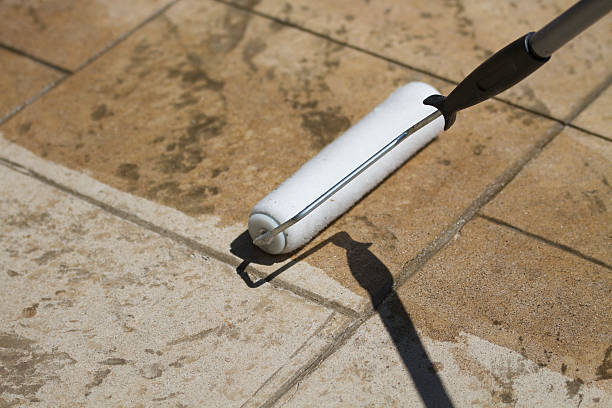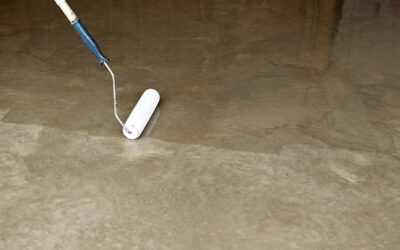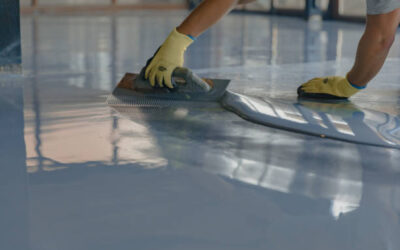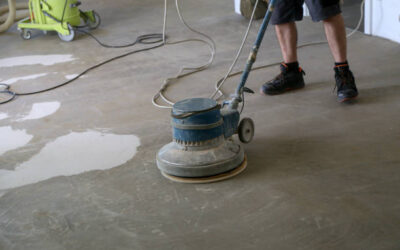Concrete staining is a popular technique for enhancing the appearance of concrete surfaces. Staining can give your concrete a unique and attractive look, whether you have a patio, driveway, or basement floor. But what exactly is concrete staining, and how does it work?
In simple terms, concrete staining involves applying color to the surface of the concrete. The stain penetrates the pores of the concrete, creating a semi-transparent finish that allows the natural variations and imperfections of the concrete to show through. This creates a beautiful, mottled effect resembling natural stone or other materials. In this article, we’ll explore the benefits of concrete staining, the different types of stains available, and how to prepare and apply stains to your concrete surface.
The Benefits of Concrete Staining
Don’t settle for plain concrete floors any longer. Consider concrete staining for a game-changing upgrade that will leave your space looking and feeling amazing. Experience the benefits of durability, low maintenance, and aesthetic appeal. It’s time to transform your space with the power of concrete staining.
Concrete staining is an excellent choice for those looking for durability. It makes your floors wear and tear-resistant, and it’s also perfect for high-traffic areas like garages or commercial spaces. Plus, maintaining stained concrete is a breeze! Unlike carpet or tile, you don’t have to worry about cleaning or replacing it regularly, which makes it a smart investment in the long run.
Acid-Based Stains vs. Water-Based Stains
Once you understand their key differences, you’ll feel confident choosing between acid-based and water-based stains. Acid-based stains are made of a water and acid solution that reacts with the minerals in the concrete to create a unique, variegated look. This type of stain produces a more natural, earthy appearance and is ideal for outdoor spaces. However, applying it can be more difficult and requires more time and effort to achieve the desired look.
On the other hand, water-based stains are made of a water and pigment solution that penetrates the concrete to create a more uniform color. This type of stain is easier to apply and dries faster than acid-based stains. It also offers a wider range of color options and is ideal for indoor spaces. However, it may not produce the same depth of color as acid-based stains and may require multiple coats to achieve the desired look. Ultimately, the choice between acid-based and water-based stains will depend on your personal preferences and the specific needs of your project.
Maintaining Your Stained Concrete Surface
To keep your stained surface looking its best, it’s important to regularly clean and seal it. First, sweep or dust the surface to remove any loose debris. Then, use a mild cleaner and a soft-bristled brush to remove dirt or stains. Avoid harsh chemicals or abrasive cleaners that could damage the stain or sealant.
Once the surface is clean, it’s important to reseal it every year or two to protect it from wear and tear. Look for a sealant specifically designed for stained concrete surfaces, and follow the manufacturer’s instructions carefully. Applying a fresh coat of sealant will help maintain the color and shine of your stained concrete surface and keep it looking beautiful for years.









0 Comments